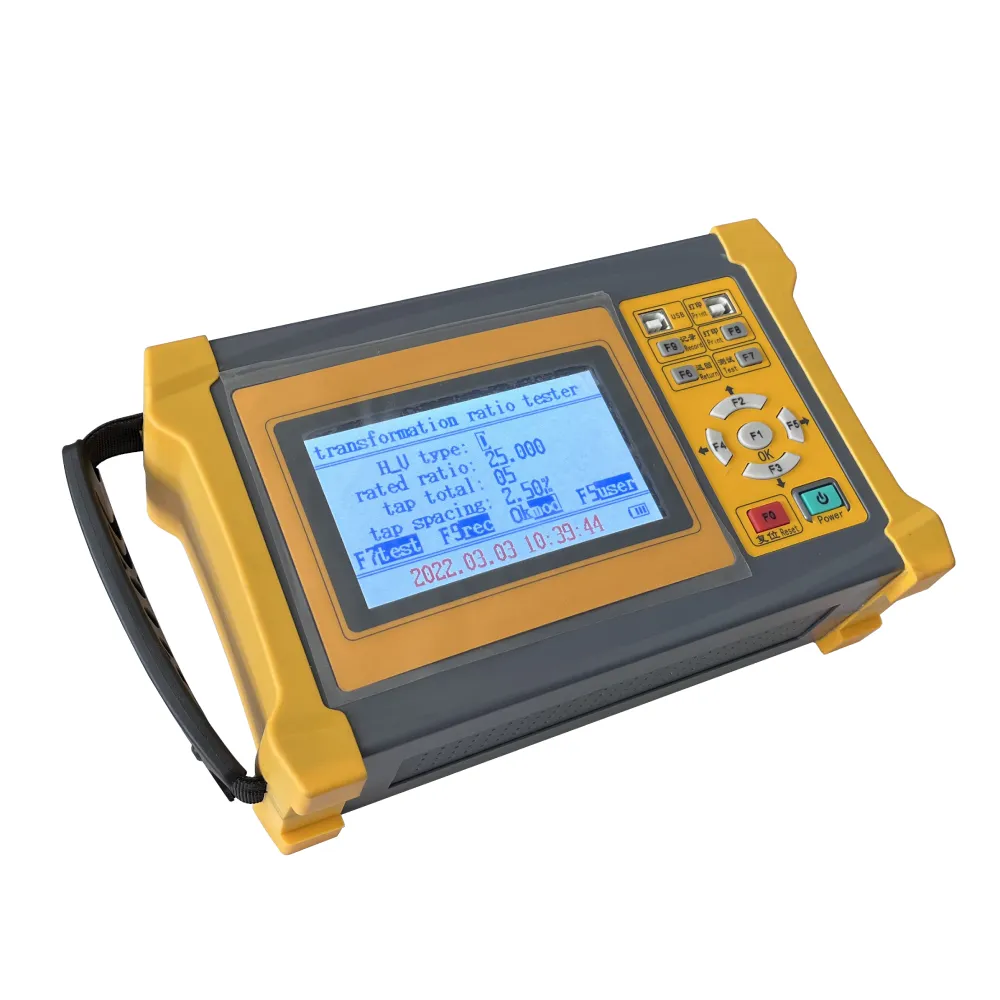 English
English



-
 Afrikaans
Afrikaans -
 Albanian
Albanian -
 Amharic
Amharic -
 Arabic
Arabic -
 Armenian
Armenian -
 Azerbaijani
Azerbaijani -
 Basque
Basque -
 Belarusian
Belarusian -
 Bengali
Bengali -
 Bosnian
Bosnian -
 Bulgarian
Bulgarian -
 Catalan
Catalan -
 Cebuano
Cebuano -
 China
China -
 China (Taiwan)
China (Taiwan) -
 Corsican
Corsican -
 Croatian
Croatian -
 Czech
Czech -
 Danish
Danish -
 Dutch
Dutch -
 English
English -
 Esperanto
Esperanto -
 Estonian
Estonian -
 Finnish
Finnish -
 French
French -
 Frisian
Frisian -
 Galician
Galician -
 Georgian
Georgian -
 German
German -
 Greek
Greek -
 Gujarati
Gujarati -
 Haitian Creole
Haitian Creole -
 hausa
hausa -
 hawaiian
hawaiian -
 Hebrew
Hebrew -
 Hindi
Hindi -
 Miao
Miao -
 Hungarian
Hungarian -
 Icelandic
Icelandic -
 igbo
igbo -
 Indonesian
Indonesian -
 irish
irish -
 Italian
Italian -
 Japanese
Japanese -
 Javanese
Javanese -
 Kannada
Kannada -
 kazakh
kazakh -
 Khmer
Khmer -
 Rwandese
Rwandese -
 Korean
Korean -
 Kurdish
Kurdish -
 Kyrgyz
Kyrgyz -
 Lao
Lao -
 Latin
Latin -
 Latvian
Latvian -
 Lithuanian
Lithuanian -
 Luxembourgish
Luxembourgish -
 Macedonian
Macedonian -
 Malgashi
Malgashi -
 Malay
Malay -
 Malayalam
Malayalam -
 Maltese
Maltese -
 Maori
Maori -
 Marathi
Marathi -
 Mongolian
Mongolian -
 Myanmar
Myanmar -
 Nepali
Nepali -
 Norwegian
Norwegian -
 Norwegian
Norwegian -
 Occitan
Occitan -
 Pashto
Pashto -
 Persian
Persian -
 Polish
Polish -
 Portuguese
Portuguese -
 Punjabi
Punjabi -
 Romanian
Romanian -
 Russian
Russian -
 Samoan
Samoan -
 Scottish Gaelic
Scottish Gaelic -
 Serbian
Serbian -
 Sesotho
Sesotho -
 Shona
Shona -
 Sindhi
Sindhi -
 Sinhala
Sinhala -
 Slovak
Slovak -
 Slovenian
Slovenian -
 Somali
Somali -
 Spanish
Spanish -
 Sundanese
Sundanese -
 Swahili
Swahili -
 Swedish
Swedish -
 Tagalog
Tagalog -
 Tajik
Tajik -
 Tamil
Tamil -
 Tatar
Tatar -
 Telugu
Telugu -
 Thai
Thai -
 Turkish
Turkish -
 Turkmen
Turkmen -
 Ukrainian
Ukrainian -
 Urdu
Urdu -
 Uighur
Uighur -
 Uzbek
Uzbek -
 Vietnamese
Vietnamese -
 Welsh
Welsh -
 Bantu
Bantu -
 Yiddish
Yiddish -
 Yoruba
Yoruba -
 Zulu
Zulu
pi test transformer
Understanding Pi Test Transformers A Brief Overview
In the realm of electrical engineering, particularly in the analysis and modeling of power systems, the Pi Test Transformer plays a crucial role. Understanding this component is essential for engineers and technicians who work with transformers in various applications, including testing, evaluation, and maintenance.
What is a Pi Test Transformer?
A Pi Test Transformer, often referred to simply as a Pi Transformer, is a specialized device used primarily for testing the insulation resistance and dielectric strength of transformer windings. The name Pi comes from the configuration of the transformer as it resembles the Greek letter π. This transformer is designed to provide high voltage tests safely, ensuring that the transformer being tested meets safety and operational standards before being put into service.
Functions and Applications
The primary function of a Pi Test Transformer is to step up low voltages to high voltages for testing purposes. It typically has a primary winding that receives a lower input voltage which, depending on the turns ratio, produces a significantly higher output voltage at the secondary winding. The high voltage created is essential for conducting tests such as insulation resistance tests and power factor testing, which are crucial for ensuring reliability and efficiency in electrical systems.
Pi Test Transformers are instrumental in various sectors, including utility companies, manufacturing plants, and research facilities. They are also widely used in educational institutions for training and simulation purposes, allowing students and technicians to understand transformer behavior under various electrical stress conditions.
Testing Insulation Resistance
One of the most critical tasks of the Pi Test Transformer is to assess the insulation resistance of transformer windings. Insulation failures can lead to serious operational issues, including electrical shorts, equipment damage, and safety hazards. By applying high voltages through the Pi Test Transformer, technicians can detect potential insulation breakdowns and ensure that the transformer adheres to safety standards.
pi test transformer

Power Factor Testing
In addition to insulation resistance, Pi Test Transformers are used for power factor testing. Power factor measures the efficiency of the transformer in converting electrical power into useful work. A low power factor indicates inefficiencies, which can lead to energy losses and increased operational costs. By utilizing the Pi Test Transformer, technicians can evaluate the power factor and implement corrective measures if necessary.
Advantages of Using Pi Test Transformers
1. Safety Pi Test Transformers are designed with safety in mind, allowing high voltage testing to occur without endangering the technician or damaging other equipment. 2. Accuracy These transformers provide precise measurements, which are crucial for ensuring that transformers operate within defined parameters.
3. Versatility They can be used in various testing scenarios, making them a valuable tool in electrical engineering.
4. Durability Built to withstand the rigors of repeated testing, Pi Test Transformers can function reliably over long periods, thus justifying their investment in both time and resources.
Conclusion
In conclusion, Pi Test Transformers are invaluable tools in the testing and maintenance of electrical transformers, playing a pivotal role in ensuring the efficiency and safety of power systems. Their applications in insulation resistance and power factor testing highlight their importance in both the field of engineering and the daily operations of electrical infrastructure. As technology continues to evolve, the role of Pi Test Transformers will likely expand, further solidifying their importance in maintaining reliable and safe electrical systems.
-
Exploring the Main Types of Industrial Endoscopes and Their Applications Across IndustriesNewsJul.04,2025
-
Testing Equipment Industry Sees Major Advancements in 2025: Smart & Precision Technologies Lead the WayNewsJun.06,2025
-
Applications of Direct Current Generators in Renewable Energy SystemsNewsJun.05,2025
-
Hipot Tester Calibration and Accuracy GuidelinesNewsJun.05,2025
-
Digital Circuit Breaker Analyzer Features and BenefitsNewsJun.05,2025
-
Benefits of Real-Time Power Quality Monitoring Devices for Industrial EfficiencyNewsJun.05,2025



